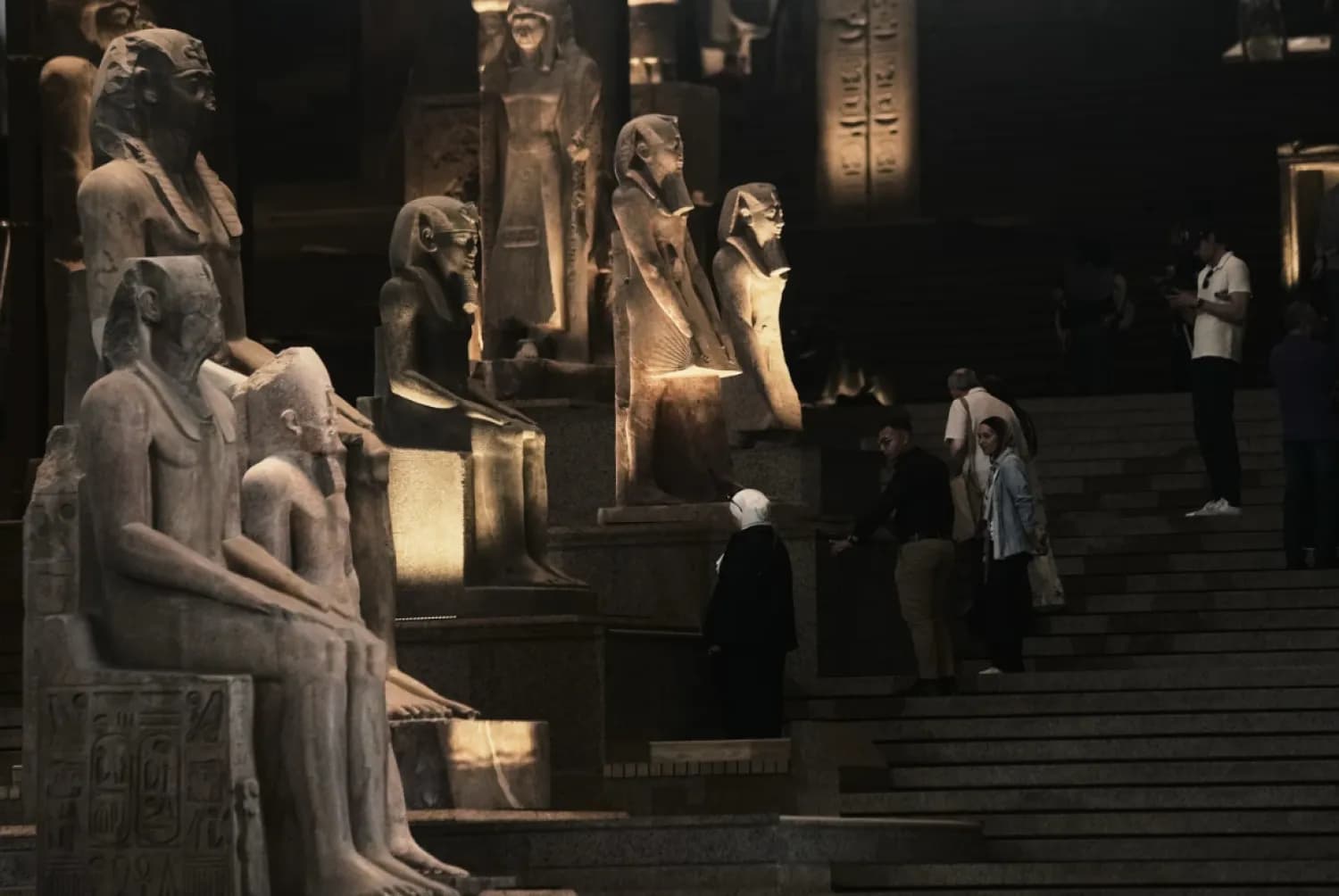We're loading the full news article for you. This includes the article content, images, author information, and related articles.
The Netherlands' decision to repatriate a 3,500-year-old sculpture highlights a global shift on looted artifacts, resonating with Kenya's protracted efforts to reclaim cultural treasures like the Vigango statues from Western museums.

GLOBAL – The government of the Netherlands has formally pledged to return a 3,500-year-old stone sculpture to Egypt after it was confirmed to have been stolen and illegally exported. The announcement, made on Sunday, 2 November 2025, EAT, by outgoing Dutch Prime Minister Dick Schoof during a visit to Cairo, casts a renewed spotlight on the intensifying global debate over the repatriation of cultural artifacts, a struggle deeply familiar to Kenya.
The artifact, a sculpted head of a high-ranking official from the reign of Pharaoh Thutmose III (circa 1479–1425 BC), was likely plundered from an Egyptian site during the political upheaval of the Arab Spring in 2011 or 2012. It surfaced a decade later in 2022 at The European Fine Art Foundation (TEFAF) fair in Maastricht, a prominent international art market. Following an anonymous tip-off, an investigation by the Dutch Information and Heritage Inspectorate and national police confirmed its illicit origins. The art dealer in possession of the sculpture voluntarily surrendered it to authorities.
Prime Minister Schoof’s pledge was strategically made as he attended the official grand opening of the USD $1 billion Grand Egyptian Museum (GEM) in Giza over the weekend, an event attended by numerous world leaders. The Dutch government stated the sculpture is expected to be formally handed over to the Egyptian ambassador in the Netherlands by the end of this year.
While the return of this single artifact is a diplomatic victory for Egypt, the case holds significant analytical relevance for Kenya and the broader East Africa region. For decades, Kenya has been engaged in its own complex and often frustrating campaign to secure the return of thousands of cultural and historical treasures held in museums across Europe and North America. An estimated 32,000 Kenyan artifacts are currently housed abroad, many taken during the colonial era.
The most prominent of these cases involves the Vigango, sacred carved wooden memorial statues of the Mijikenda people from Kenya's coastal region. These are not considered art objects but rather the embodiment of ancestral spirits, essential to the community's spiritual well-being. Hundreds were stolen, primarily in the 1980s, and sold to international art dealers and collectors, eventually ending up in museums.
After years of advocacy by the National Museums of Kenya (NMK) and Mijikenda elders, some institutions have begun repatriating these sacred objects. In July 2023, several US museums, including the Illinois State Museum and the Denver Museum of Nature & Science, participated in a formal handover ceremony in Kilifi. However, the process remains fraught with challenges, including bureaucratic delays and, in some past cases, demands for hefty import tariffs by Kenyan authorities on what are considered returned stolen goods.
The Netherlands' action is part of a broader, albeit slow, shift in attitude among Western nations. It aligns with the principles of the 1970 UNESCO Convention, an international treaty designed to combat the illicit trafficking of cultural property by creating a common framework for restitution. Egypt, led by vocal figures like former antiquities minister Dr. Zahi Hawass, has been at the forefront of this movement, relentlessly campaigning for the return of iconic items such as the Rosetta Stone from the British Museum and the Bust of Nefertiti from Germany's Neues Museum.
The Dutch Information and Heritage Inspectorate, the body that verified the sculpture's illegal provenance, plays a crucial role in enforcing these international standards within the Netherlands. Its actions demonstrate a growing willingness among some European states to investigate claims and facilitate returns, setting a precedent that Kenyan authorities and cultural bodies are closely watching.
In 2021, the National Museums of Kenya launched the "Invisible Inventories" exhibition, which featured empty displays to symbolize the thousands of Kenyan artifacts held abroad and to raise public awareness. This initiative, part of a broader research program, aims to create a comprehensive database of these items as a foundational step toward formal repatriation requests.
As Egypt prepares to welcome back a piece of its 3,500-year-old history, the event serves as both an inspiration and a benchmark for Kenya. It underscores the importance of persistent diplomatic pressure, robust legal frameworks, and international cooperation. For the Mijikenda waiting for the return of their ancestors and for a nation seeking the restoration of its full historical identity, the return of the pharaoh's official is a reminder that the fight for cultural heritage, though long, is not without hope.
Keep the conversation in one place—threads here stay linked to the story and in the forums.
Other hot threads
E-sports and Gaming Community in Kenya
Active 7 months ago
Popular Recreational Activities Across Counties
Active 7 months ago
The Role of Technology in Modern Agriculture (AgriTech)
Active 7 months ago
Investing in Youth Sports Development Programs
Active 7 months ago